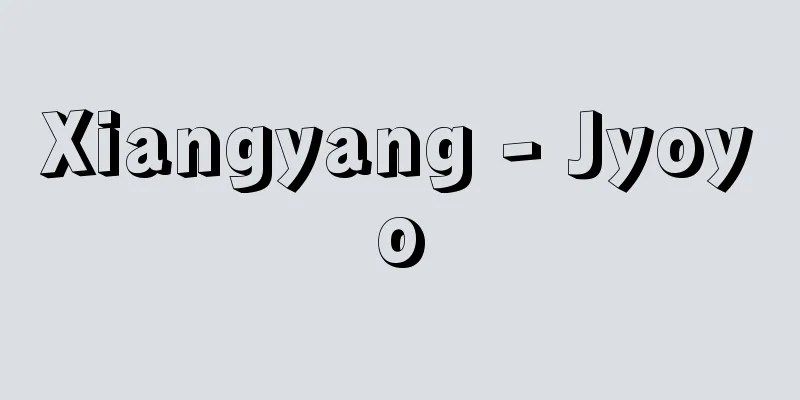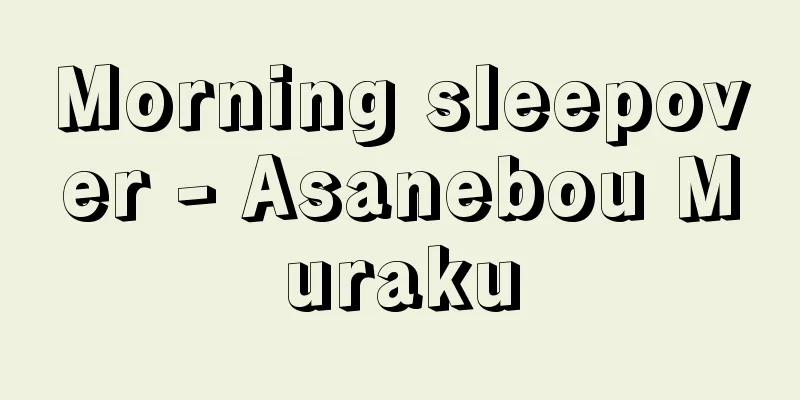Harold Clayton Urey

|
American physical chemist. Born April 29 in Walkerton, Indiana. Studied zoology at the University of Montana. During World War I, he was drafted into the Barrett Chemical Company, where he worked to manufacture toluene for the production of TNT explosives. After the war, he taught biology at the University of Montana for two years, and in 1921 entered the graduate school of chemistry at the University of California, where he studied under Lewis. After receiving his doctorate in 1923, he studied atomic physics and quantum mechanics under Bohr at the University of Copenhagen. After returning to the United States, he became an associate professor at Johns Hopkins University (1924), an associate professor at Columbia University (1929), and a professor at Columbia University (1934), before becoming a professor at the University of Chicago in 1945. Between 1923 and 1929, he published 20 scientific papers on atomic structure and spectroscopy, solidifying his position as a physical chemist. In 1932, he isolated heavy water and discovered deuterium, for which he received the Nobel Prize in Chemistry in 1934. During World War II, he participated in the construction of the atomic bomb (Manhattan Project) as a leader in the production of heavy water and uranium-235 (used in the Hiroshima atomic bomb). After the war, upon learning of the devastation in Hiroshima, he advocated international control of atomic energy, promoted the Atlantic Federalism movement, and supported the movement against the injustices of the McCarthy whirlwind. Around 1950, he switched to the field of astrochemistry, conducting research on ancient temperature measurements using isotope effects, the formation of celestial bodies, and the origin of the Earth. He was an editor of the Journal of Chemical Physics from 1933 to 1940. He died on January 5th at his home in San Diego, California. [Shio Otomo December 13, 2018] [References] | | | | |Source: Shogakukan Encyclopedia Nipponica About Encyclopedia Nipponica Information | Legend |
|
アメリカの物理化学者。4月29日インディアナ州ウォーカートンに生まれる。モンタナ大学で動物学を学ぶ。第一次世界大戦中は徴用先のバレット・ケミカル社でTNT火薬生産用トルエンの製造に従事。終戦後モンタナ大学で2年間生物学を教え、1921年カリフォルニア大学化学科大学院に入学、ルイスに学ぶ。1923年学位取得後、留学先のコペンハーゲン大学でボーアに原子物理学、量子力学を学んだ。帰国後、ジョンズ・ホプキンズ大学準教授(1924)、コロンビア大学準教授(1929)、同大学教授(1934)を経て、1945年シカゴ大学教授となる。1923~1929年の間に原子構造と分光学に関する20編の科学論文を発表し物理化学者としての立場を揺るぎないものとした。1932年重水を分離し重水素を発見、この業績によって1934年ノーベル化学賞を受けた。第二次世界大戦中は、重水の製造、ウラン235(広島投下の原爆に使用)の生産の指導者として原爆製造(マンハッタン計画)に参加した。 戦後、広島における惨禍を知り、原子エネルギーの国際管理の提唱、大西洋連邦運動の推進、マッカーシー旋風の不正に反対する運動の支持などを行った。1950年ごろから宇宙化学の分野に転じ、同位体効果による古代温度測定、天体の成因や地球起源などに関する研究を行った。1933~1940年『Journal of Chemical Physics』誌の編集者。1月5日カリフォルニア州サンディエゴの自宅で死去した。 [大友詔雄 2018年12月13日] [参照項目] | | | | |出典 小学館 日本大百科全書(ニッポニカ)日本大百科全書(ニッポニカ)について 情報 | 凡例 |
Recommend
Canon
From the Greek word kanon, meaning law or rule. (1...
Opinion Newspaper - Ikenshinbun
… [Commentary function] First, it presents social...
Inokuchi Shrine
...Although it is widely known for Awara Onsen, i...
Åbo (English spelling) Abo
…An ancient city in southwestern Finland, facing ...
Katsuragawa
A mountain village in Shiga County, Omi Province....
morning sickness
...Loss of appetite, change in tastes, and heartb...
Credit Lyonnais (English spelling)
A French deposit bank with one of the world's ...
Veizla
…It was both inconvenient and expensive to bring ...
Parathyroid hormone
...Chief cells are known to secrete parathyroid h...
Adashev, AF (English spelling) AdashevAF
...Ivan had a fiery temper and was very suspiciou...
Yoriki - Yoriki
Also written as Yoriki. Originating in the Kamaku...
Fellow traveller
…It is an abbreviation of the English word sympat...
Autobrecciated lava
The broken parts of lava flow that occur during it...
Ras Shamra (English spelling)
…An ancient city on the Mediterranean coast of Sy...
Anolis equestris (English name) Anolisequestris
… [Takahiro Matsui]. … *Some of the terminology t...









